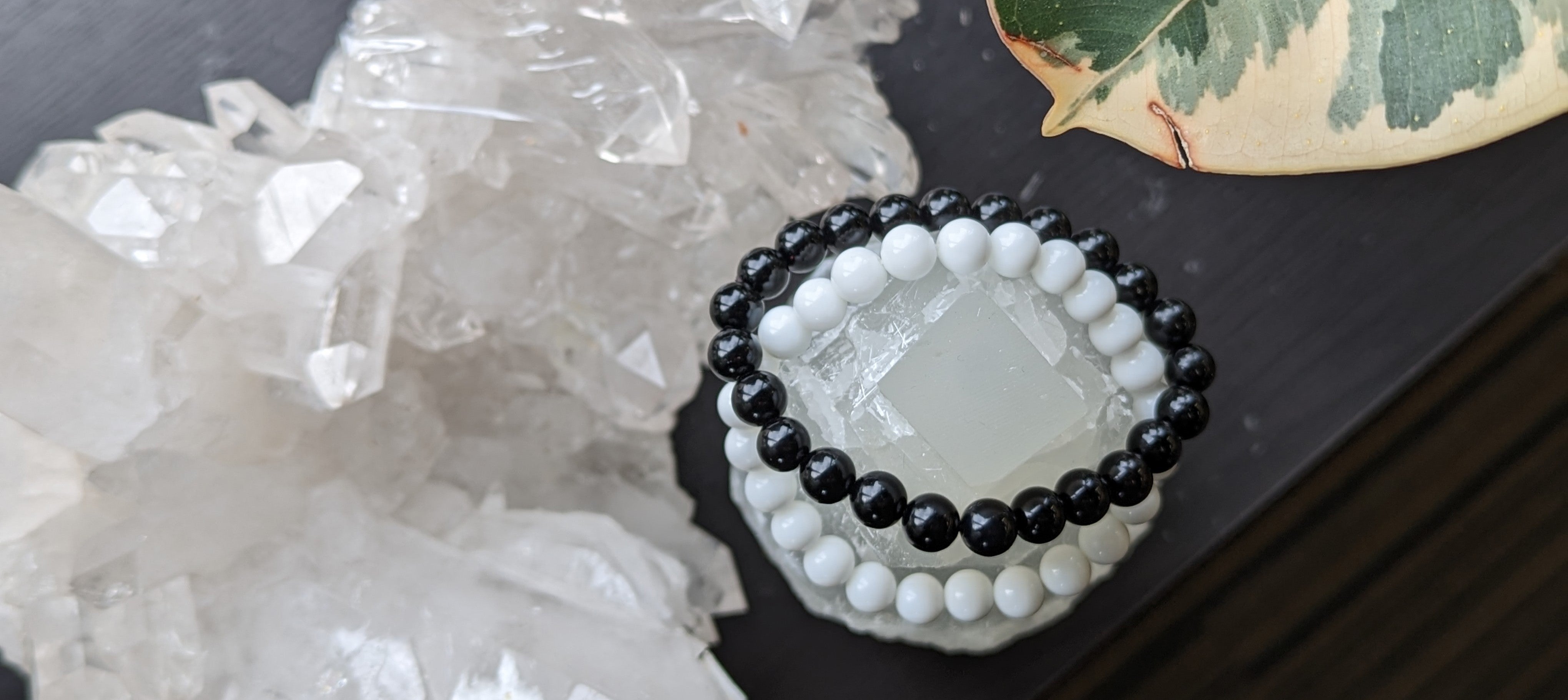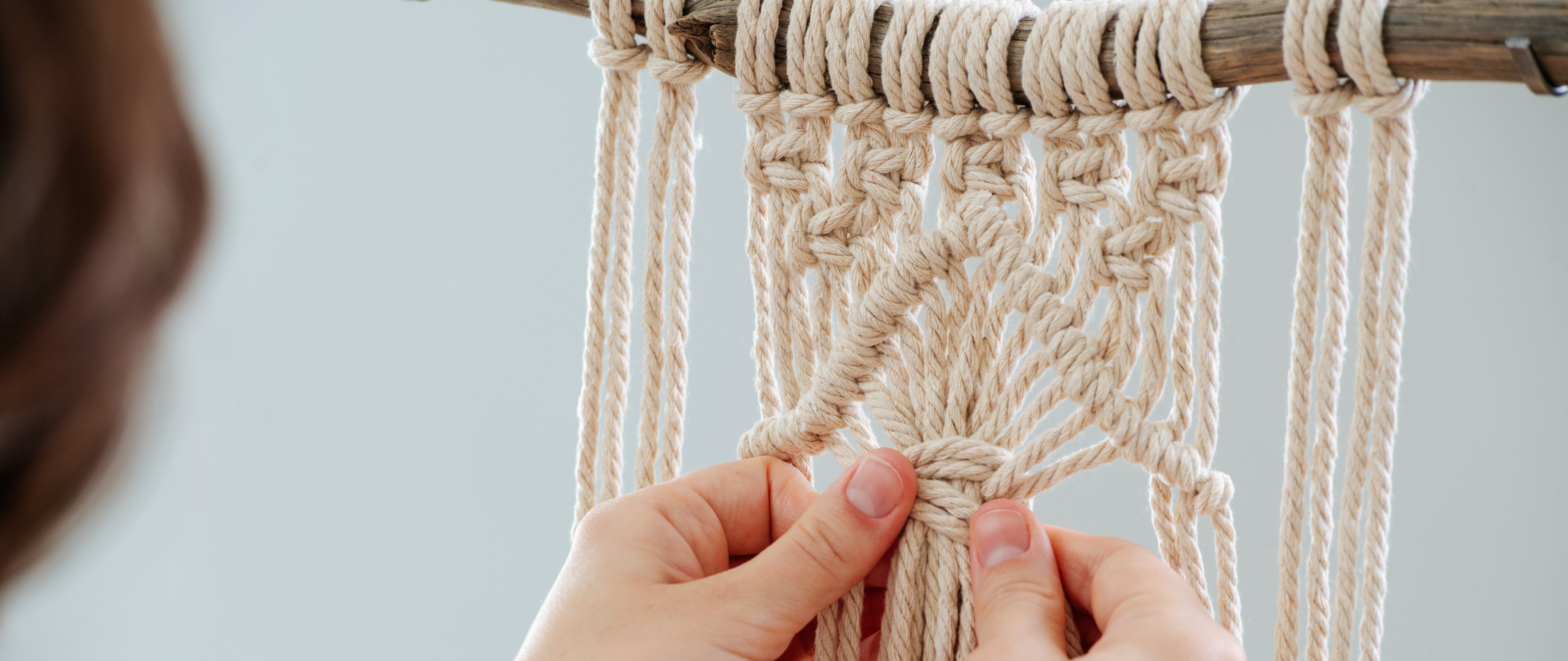Perhaps you knew serpentine as the soapy olive green rock often fashioned into beads, cabochons, and ornamental carvings. But actually, serpentine isn't just one stone.
It is a collective name for a large family of minerals with a general formula consisting of aluminum, calcium, hydroxide, magnesium, nickel, and zinc.
Serpentine is easy to cut and polish. This and its astonishing pale to dark green shade make the rock a staple material for gorgeous yet low-cost jewelry (pendants, earrings, bracelets, and brooches).
What other features make serpentine stand out from other stones? What are its healing attributes? And why is it named after a shiny and sneaky reptile?
The Physical Properties of Serpentine
Serpentine has several varieties, but the primary ones are antigorite, chrysolite, and lizardite. They are formed through similar processes and share similar physical properties.
Serpentine has a green colour, light to dark green or brown patches, and a signature slippery texture. It is often confused with jade. But a trained eye will easily distinguish serpentine for its distinct translucence and waxy lustre. It has a hardness rating of 3 to 6, making it less tougher than granite and harder than marble.
Serpentine is prone to scratching (even household dust can scratch it!), so it's not a suitable material for mantles, tiles, window sills, and other uses where it's exposed to abrasion or wear. Although the rock makes a good lapidary and jewelry material.
Unlike some stones that polish into a glassy lustre, serpentine produces a waxy lustre when polished.
Did you know that serpentine is also a good insulator? Chrysotile serpentine (a source of asbestos) has fibre-like crystals that resist heat transfer and is used in insulating buildings and vehicles.
But because of the health risks it poses, this variety is placed in a sealed container and is not cut into gemstones.
The History of Serpentine
Where did the mineral get its name? It is called serpentine because of the semblance of its green colour, brown spots, and greasy finish to snakeskin. It is found in Canada, Russia, Switzerland, and the USA.
In Assyrian, Egyptian, Mesopotamian, Persian, and Sumerian civilizations, serpentine was used to make seals. The mineral was deemed ideal for such application since it turns oily when polished. The greasy surface keeps the wax or clay from sticking to the seal.
Ancient Romans used serpentine for ornamental purposes and they called the rock lapis atrocious. Today, it is now called ophicalcite and is popularly used as a decorative facing stone.
India's city of Bhera has been using serpentine for carving for centuries. Their artists would carve mugs, sculptures, and decorations out of it.
In 1965, serpentine was declared the official stone of California, USA.
The Lore of Serpentine
Italian sorcerers in the Middle Ages believed that serpentine was an amulet against snakebites. It was also said to reduce venom and cure poison. Some people believe that it is due to these properties that serpentine got its name.
According to legends, there was once a king who had his chalice made of serpentine to protect himself from imminent danger. It's because he believed the chalice would sweat on the outside if a poison were put into his drink.
Some also believed that a medicine was more effective if it was drunk from a serpentine cup.
The Metaphysical Properties of Serpentine
Serpentine soothes intense emotions, a stone ideal for healing emotional stress. It is said to have the ability to help you determine the very things, people, events, and situations that eat away at your inner peace.
Serpentine is also one of those stones that comfort the heart in the midst of relationship problems (e.g. a falling out with a friend or a messy breakup). It also works to open your heart again to new relationships.
Fear holding you back from stepping into a promising future? Whether you're embarking on a transition to a new relationship, career, or investment, serpentine is your friend.
The stone allows you to loosen up and let go of any fears. And instead, anticipate the future with hope and excitement. Plus, it is said to sharpen your focus and devote your time and energy to fulfilling your goals.
Speaking of goals, a huge part of success comes from having faith in yourself and your abilities. Serpentine can help you be more self-confident and become your greatest ally.
It helps you tune in more to your innate strengths and less to the opinions of others. The stone helps you grab opportunities available for you without fear or hesitation.
Serpentine is also said to awaken a person's kundalini energy. Ancient Eastern traditions describe kundalini as the divine feminine energy that is coiled, like a snake, at the bottom of the spine.
Releasing and harnessing this energy is believed to cause healing, transformation, and spiritual emancipation.
One way to liberate your kundalini is to use a serpentine stone, either in meditation or by wearing it as jewelry. Serpentine gently unravels the kundalini serpent inside you while restoring the balance of your chakras.
To meditate with the stone:
- Hold it with both hands as you focus on your breathing.
- Relax. Welcome any thoughts that rise to the surface of your consciousness.
- If your mind drifts away, refocus your attention to the present moment.
- Focus on the serpentine stone in your hands.
Continue doing this until you feel more attuned to your stone's energy. After meditating with the stone for weeks, you should experience an increasing awareness of your own life force. You'll feel a tingling sensation at the base of your spine. This is the initial phase of kundalini awakening.
Sources:
King, H. (n.d.). Serpentine. Geology.com. Accessed at https://geology.com/minerals/serpentine.shtml
Serpentine: History and Healing Properties. (n.d.). Emmanuelle Guyon. Accessed at https://www.en.emmanuelleguyon.com/vertus_serpentine_en.html
Serpentine Value, Price, and Jewelry Information. (n.d.). International Gem Society. Accessed at https://www.gemsociety.org/article/serpentine-jewelry-and-gemstone-information/
Serpentine. (n.d.). Healingwithcrystals.net.au. Accessed at https://www.healingwithcrystals.net.au/serpentine.html
Chrysotile Asbestos Fact Sheet. (2019). Asbestos Safety and Eradication Agency - Australian Government. Accessed at https://www.asbestossafety.gov.au/what-we-do/news-and-announcements/chrysotile-asbestos-fact-sheet
Regan, S. (2021). Kundalini Awakening: Signs, Causes & How To Cultivate Kundalini Energy. MBG Mindfulness. Accessed at https://www.mindbodygreen.com/articles/kundalini-awakening





